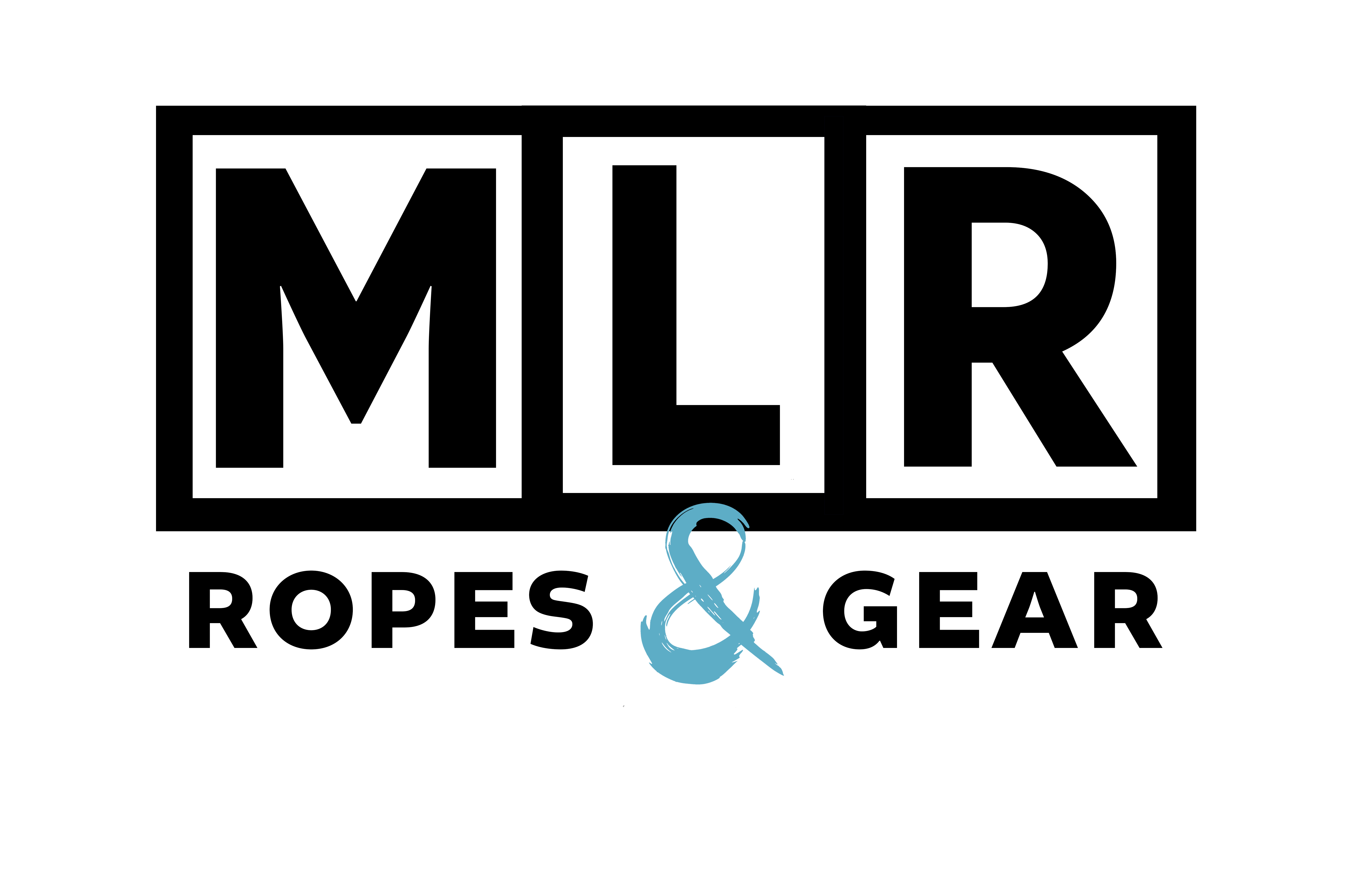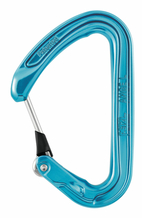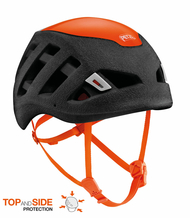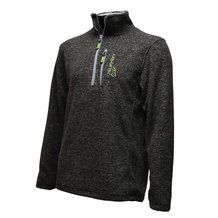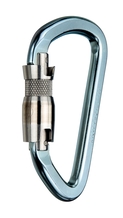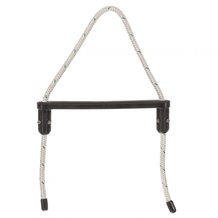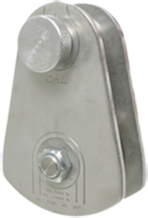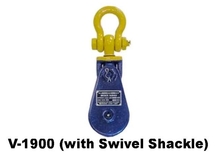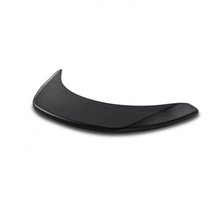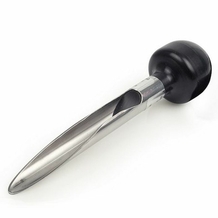 logo.png
logo.png
- Description
- Ask a Question
- Reviews
The X-Rigging Rings are cut from solid aluminum. NOT cast. This sets them apart from the crowd. Since they are NOT cast, they do not actually break when trying to push to failure. They will deform when trying to find the failure points by changing to oval shape and the thickness thins. The "breaking" is always going to end up being the sling or rope, as these rings will just continue to stretch. If you ever see deformation in a ring, understand that your sling was very likely close to breaking (if it did not break) and you should retire them. These are extremely high figures and if you are pushing these figures, you are likely doing something very wrong.
Details:
- X-Rigging Rings(XRR) are for rope rigging, NOT for climbing and life support use.
-Hard Coated to MIL-A-8625 Type 3 Class 2 spec
- The XRRs are very low friction, however, hard use and abuse could result in the ring becoming heated. Choose your sling material wisely in regards to what tasks the ring will be put through. Research your sling or rope material for degradation temperatures before choosing your cordage material.
- Do not use a single XRR as a terminal rigging point. The bend ratio with a single XRR and most rigging rope sizes does not meet best management practices in rigging. Consider triple ring use for terminal rigging. Use arborist blocks for heavy weights, long runs and when less friction is needed.
- XRR must be secured in a very tight professional splice. Do not splice if you are not qualified, slings can be purchased already complete with XRRs.
- Inspect your XRR and splice before every use. If the splice is loose enough for the ring to possibly come out, do not use.
- When an XRR is pushed to extremes, they will deform; the outside groove pinches inward and the XRR will become oval. - - -Discontinue use if the XRR is ever deformed.
- IF the black Hard Coat Anodize is ever worn away, discontinue ring use; as the friction will increase and heat will increase.
Specifications
Part Number: 38x28 XR-38 Weight: 1.1 lbs.
- Description
- Ask a Question
- Reviews
The X-Rigging Rings are cut from solid aluminum. NOT cast. This sets them apart from the crowd. Since they are NOT cast, they do not actually break when trying to push to failure. They will deform when trying to find the failure points by changing to oval shape and the thickness thins. The "breaking" is always going to end up being the sling or rope, as these rings will just continue to stretch. If you ever see deformation in a ring, understand that your sling was very likely close to breaking (if it did not break) and you should retire them. These are extremely high figures and if you are pushing these figures, you are likely doing something very wrong.
Details:
- X-Rigging Rings(XRR) are for rope rigging, NOT for climbing and life support use.
-Hard Coated to MIL-A-8625 Type 3 Class 2 spec
- The XRRs are very low friction, however, hard use and abuse could result in the ring becoming heated. Choose your sling material wisely in regards to what tasks the ring will be put through. Research your sling or rope material for degradation temperatures before choosing your cordage material.
- Do not use a single XRR as a terminal rigging point. The bend ratio with a single XRR and most rigging rope sizes does not meet best management practices in rigging. Consider triple ring use for terminal rigging. Use arborist blocks for heavy weights, long runs and when less friction is needed.
- XRR must be secured in a very tight professional splice. Do not splice if you are not qualified, slings can be purchased already complete with XRRs.
- Inspect your XRR and splice before every use. If the splice is loose enough for the ring to possibly come out, do not use.
- When an XRR is pushed to extremes, they will deform; the outside groove pinches inward and the XRR will become oval. - - -Discontinue use if the XRR is ever deformed.
- IF the black Hard Coat Anodize is ever worn away, discontinue ring use; as the friction will increase and heat will increase.


 1-888-285-4275
1-888-285-4275 Sign In
Sign In Shopping Cart
Shopping Cart

